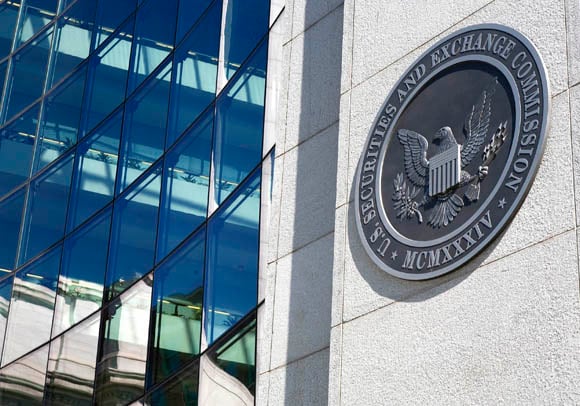SEC's cost-benefit analysis could prove to be tricky; a little hard 'to get your arms around'
Both the Securities and Exchange Commission and the Labor Department have slowed the pace toward their respective regulations on investment advice to determine the financial impact of the rules.
Republican lawmakers in Congress and GOP commissioners on the SEC have succeeded in turning the focus of the regulatory process to cost-benefit analysis. In fact, the trend started in last January's SEC report on fiduciary duty.
The SEC staff study delivered to Congress recommended that the agency issue a rule that would impose a universal fiduciary duty on anyone providing retail investment advice. Thus brokers would have to adhere to the standard that advisers must meet — acting in a client's best interests — rather than the less stringent suitability standard that now governs their practice.
But Troy Paredes and Kathleen Casey, the two SEC Republican commissioners at the time, dissented. Congressional Republicans then took the ball and ran with it. Over the last year, they have pressured the SEC and the DOL to justify every rule they promulgate. Cost-benefit analysis has become the coin of the realm.
The difficulty is putting a value on that coin. Fiduciary duty is an intangible, almost ethereal principle. The SEC has three economists working fiduciary cost-benefit analysis, according to a letter last week from Chairman Mary Schapiro to Rep. Scott Garrett, R-N.J., chairman of the House Financial Services Capital Markets Subcommittee.
When comparing the fiduciary and suitability standards, it's probably easier to quantify the cost side, according to Dan Barry, managing director of public policy and government relations at the Financial Planning Association. The challenge is the benefit side, where so many variables can affect the performance of a portfolio.
“Instinctively, you have to believe that an investor is better off getting advice that's in their best interest, as opposed to what may only be suitable,” Mr. Barry wrote in an email. “How that plays out in numbers is a little harder to get your arms around.”
To do that, one fiduciary advocate contends that the SEC has to be willing to show that the suitability standard has hurt investors — something the agency may look to avoid.
“I don't think they've wanted to do anything that would cast aspersions on the broker-dealer business model,” said Barbara Roper, director of investor protection at the Consumer Federation of America.
Ms. Roper said the case for fiduciary over suitability can be made on insurance products.
“If you want Exhibit A on why we need a fiduciary duty, it can be found in the sale of high-cost, substandard variable annuities when investors would be better off in another investment,” Ms. Roper said.
The SEC in February is expected to put out a request for data for the cost-benefit analysis. It will hear from Ms. Roper as well as fiduciary skeptics such as the National Association of Insurance and Financial Advisors.
NAIFA President Robert Miller argues that his industry insures 75 million families and accounts for 20% of all savings in the country. He has been telling the SEC that NAIFA members already operate in a business model based on relationships rather than transactions.
In Mr. Miller's view, imposing a fiduciary duty on brokers would raise their compliance and litigation costs, and force them to abandon the middle-income advice market, where they charge commissions, for the fee-based, higher-end market. He claims that that would hurt investors in small towns where Mr. Miller has recently traveled, such as Cody, Wyo., he asserts.
“We're not running from regulation,” Mr. Miller said. “There is room for intelligent regulation in the marketplace.”
The looming battle is over the costs of regulation, however. What one group defines as intelligent regulation may be a light-touch cop-out in another group's view.
The SEC also must keep in mind that judicial scrutiny is likely. Last summer, a federal court vacated an SEC rule on proxy access, ruling that the cost-benefit analysis was flawed.
“We want a rule that can survive a legal challenge,” Ms. Roper said.
No group is planning to take a fiduciary regulation to court, but the threat always exists. U.S. Chamber of Commerce President Tom Donahue in a speech last week outlined the approach that that group will take.
“When the need is there and the regulatory remedy makes sense, the chamber will support it,” Mr. Donohue said. “But when we see regulatory activism that is based on bad data, dubious authority or pure politics, we will oppose it. We will go to Congress. We will go to the courts. And we'll go to the court of public opinion to explain how a regulatory system run amok is needlessly driving American jobs out of the country or out of existence.”







